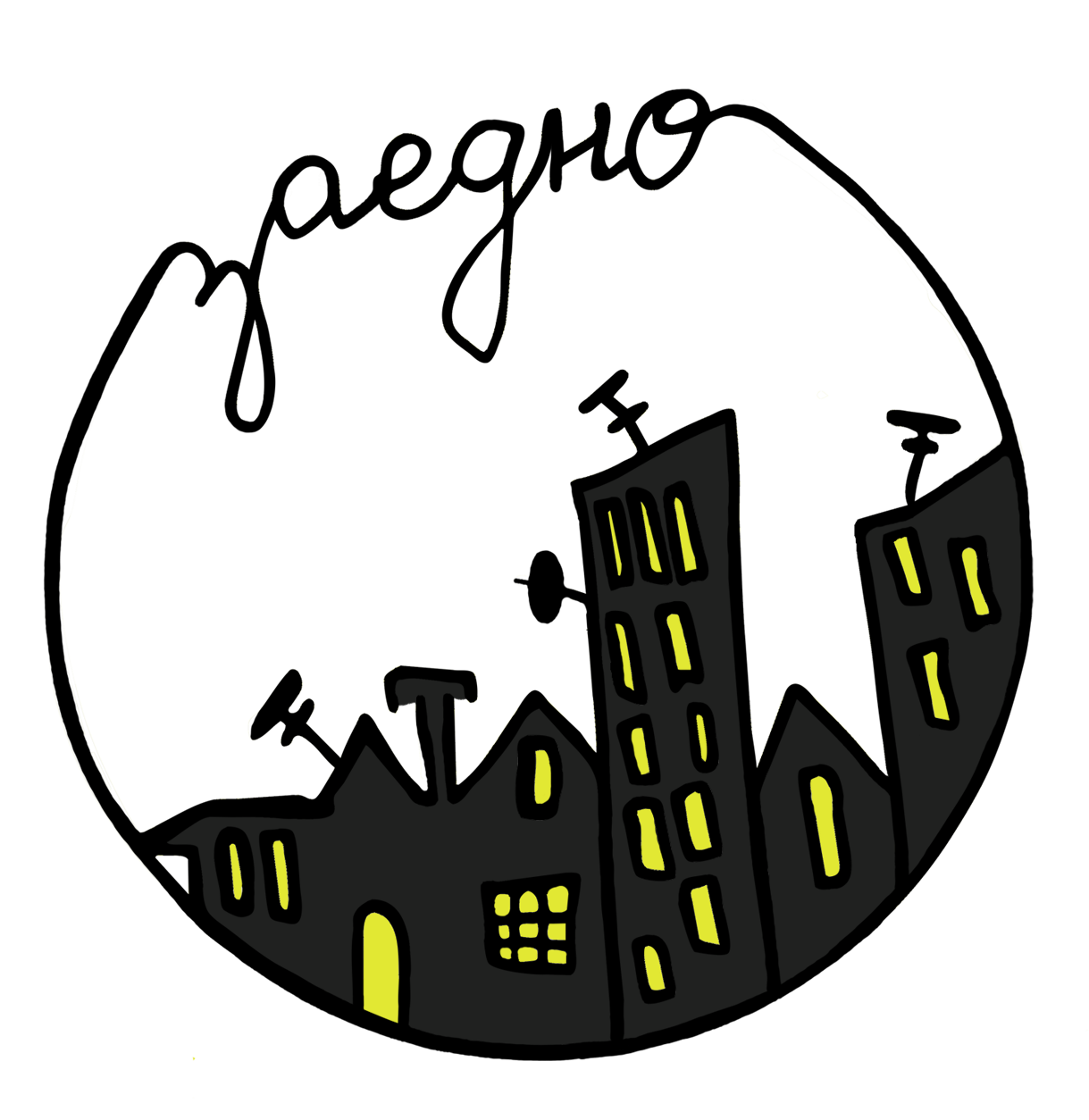The Old Town and the Armenian Hill
The traces of old, with the welcoming historic Armenian houses on Nebet tepe and at the Grape Market, are noticeably getting lost. Our neighbours are gone around the Dzhumaya and in the Kapana. I mention Dzhumaya and Kapana because I was born at the Dzhumaya but a significant portion of my childhood and youth I spent in the Old Town. Now I safeguard the memories of the working people from the so called Armenian hill who had their trades: seamstresses, shoemakers, milliners, blacksmiths, or menders. The front yards with their fruit trees and flower gardens, with the open front gates and responsive neighbours – these are long gone. It is not nostalgic.
The traces of old, with the welcoming historic Armenian houses on Nebet tepe and at the Grape Market, are noticeably getting lost. Our neighbours are gone around the Dzhumaya and in the Kapana. I mention Dzhumaya and Kapana because I was born at the Dzhumaya but a significant portion of my childhood and youth I spent in the Old Town. Now I safeguard the memories of the working people from the so called Armenian hill who had their trades: seamstresses, shoemakers, milliners, blacksmiths, or menders. The front yards with their fruit trees and flower gardens, with the open front gates and responsive neighbours – these are long gone. It is not nostalgic.
The significant changes in the Old Town started when Diran Parikyan became mayor of Plovdiv. I want to mention him. He appointed Atanas Krastev as the mayor of the Old Town, may he rest in peace! Nacho Kulturata [Nacho, the Culture], this is how people remember him. During his time in office a lot of the period houses were reconstructed. A restoration department was created and housed in P.R.Slaveykov Street. In due course some 12 buildings shaped up as museums and residences of party or cultural institutions. Balabanov’s House was built in those years. There was a clearing between the houses there. I am not mistaken. I remember it well as I went to the Armenian School between 1950 and 1957. Furnishing those houses was made possible by purchasing antiquarian objects and pieces of furniture from old wealthy Armenian and Jewish families.
E. D., 76 years old, recorded by Inessa Gevorgian, 2019
